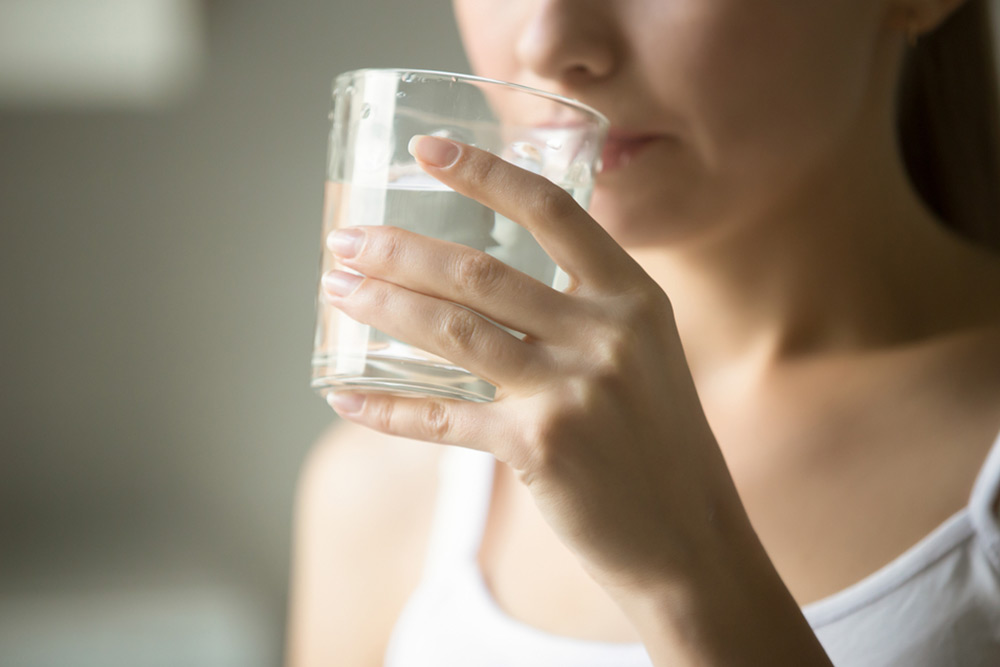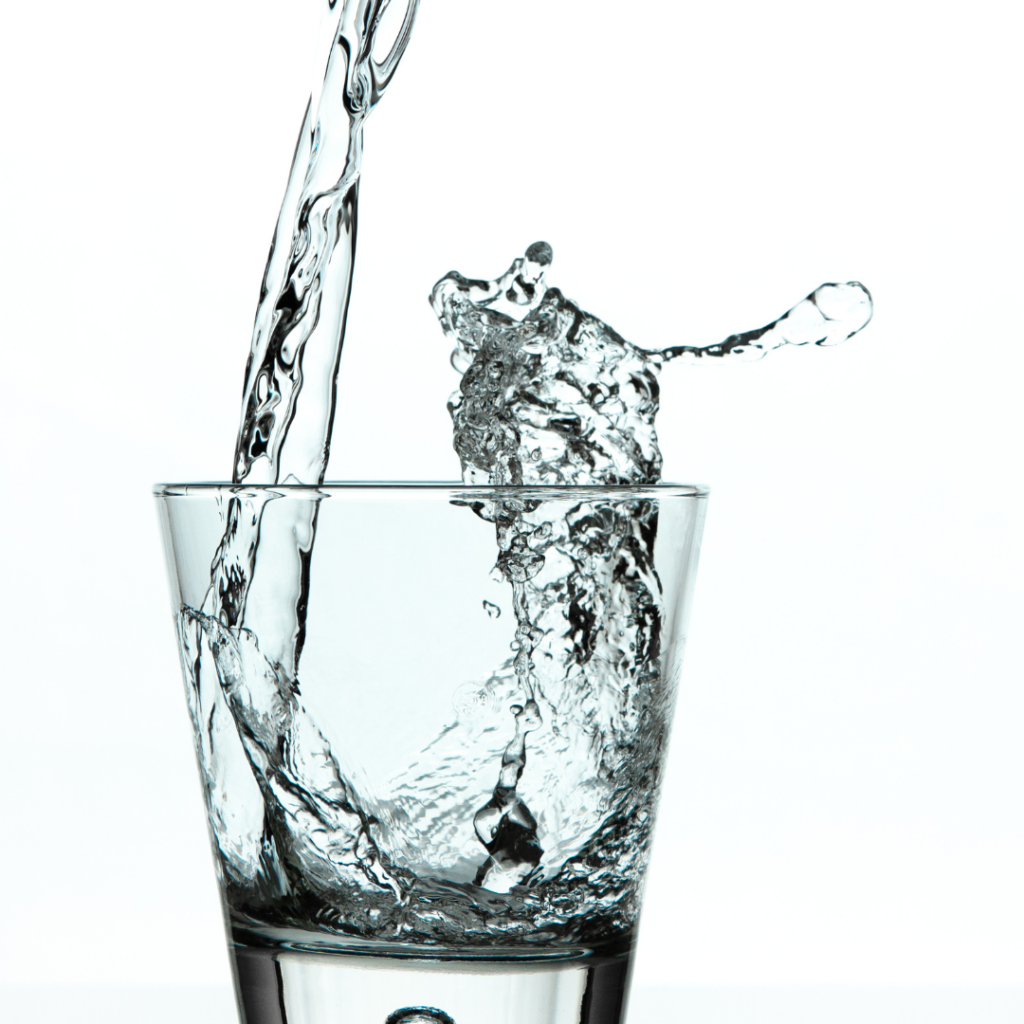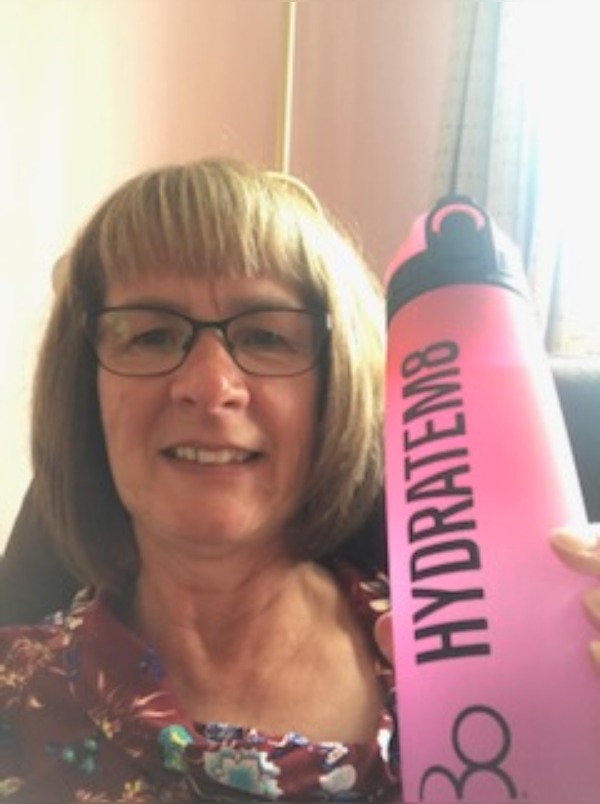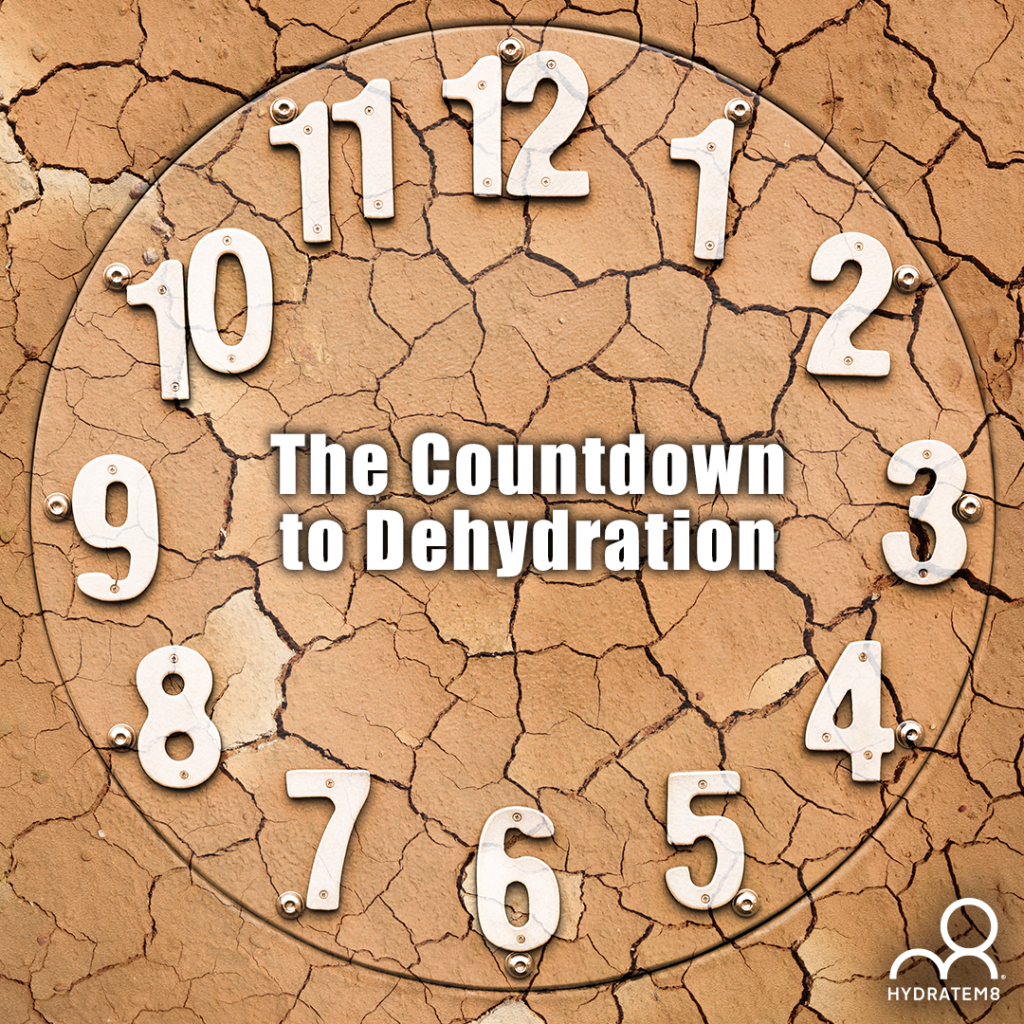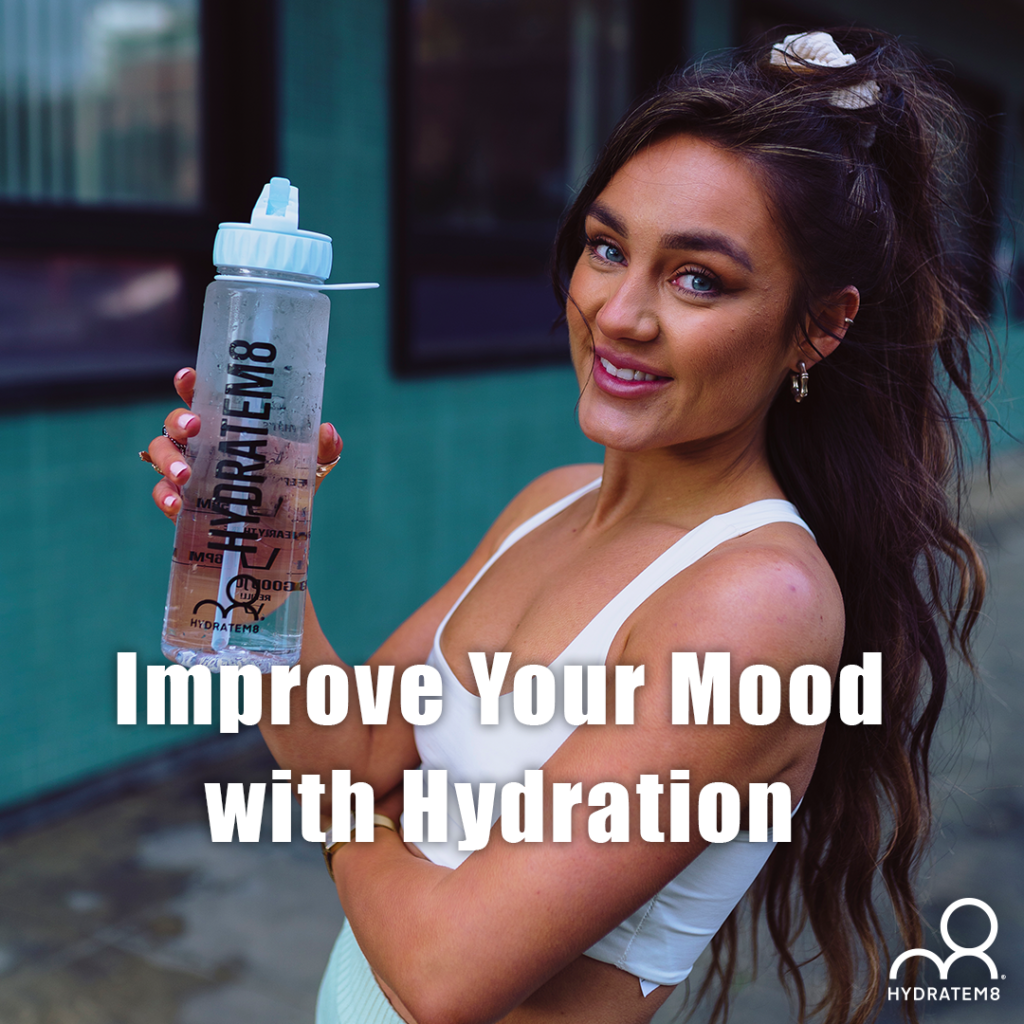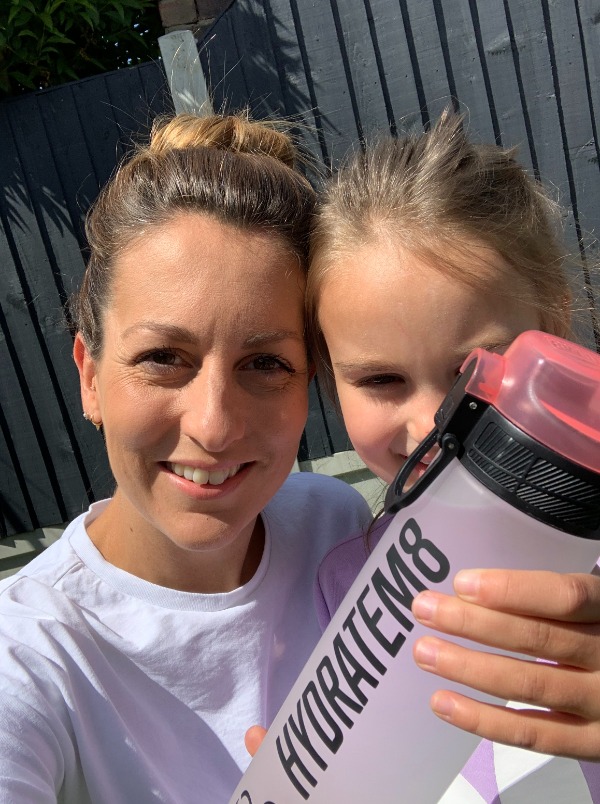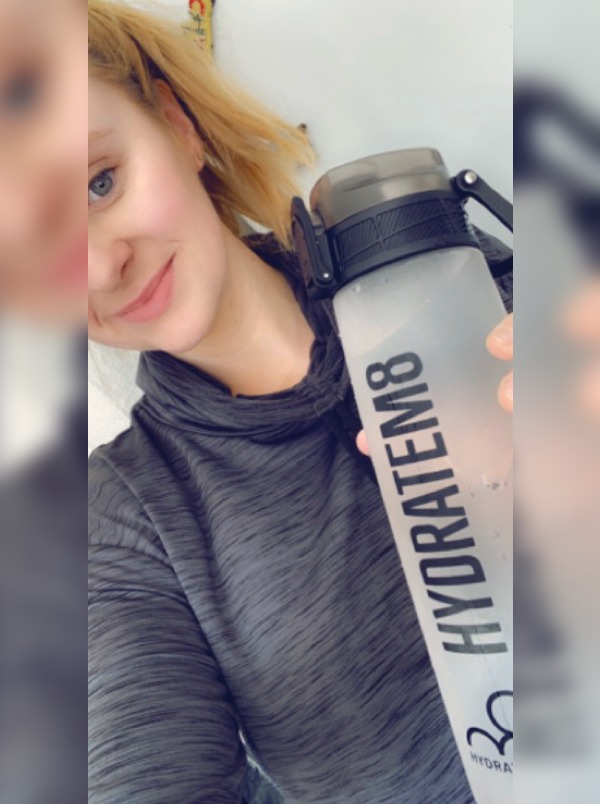Like many things in life, thirst appears to be a simple issue to resolve – simply reach for a bottle of cool, refreshing water and banish that sensation from whence it came. This, however, ignores the science behind why we feel thirsty in the first place – which could be something serious that ought to be acknowledged.
The most common and well-known cause of thirst is, of course, simple dehydration. Our bodies are made up of over 60% water, and we’re constantly losing that fluid across the day – at an accelerated rate when rare hot temperatures arrive and we find ourselves sweating.
However, there could be medical reasons behind your thirst. If a need to drink beyond what you consider to be normal is accompanied by unexplained weight loss and regular trips to the bathroom, you may be at risk of Diabetes. Alternatively, sickle cell anaemia could be to blame – a result of your body sending a message to the brain that it desperately needs more oxygen. Or, it could just simply be, you aren’t drinking enough and at the right times to replenish and reboot your bodily functions.
You may think that these messages are reaching your brain and influencing your actions as a result, but did you know that the physical sensation of thirst actually begins in the same place? Scientific research has learned that the subfornical organ found within the human and animal brain, also known as the SFO, is what identifies any need for hydration – often before the sensation even reaches our body. Neurons contained within the SFO monitor your blood levels, and as a result, they send a warning to the senses when any form of imbalance within the body is detected.
Have you ever felt a compulsion to suck on an ice cube when feeling like you may be overheating, or even place a cold steel utensil in your mouth? These are a result of the SFO’s warning messages, the equivalent of those that tell you that you should be throwing a glass of ice-cold liquid down your neck to assuage your thirst. Just to add a wrinkle of complication, however, you should be aware that these messages are not always to be trusted.
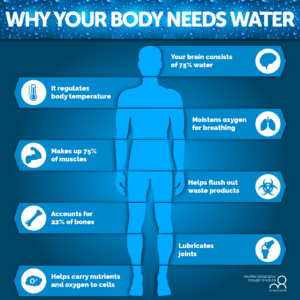 Cold water always sounds and feels appealing when you are dehydrated, and you will almost certainly feel an endorphin rush as it flows down your throat and into your body. This is because chilled drinks satisfy the SFO neurons more rapidly than anything warmer. The reality, however, is that room temperature water is absorbed considerably faster than a cooler equivalent, and thus will satisfy your thirst for a much longer period. Think of drinking ice-cold water as the equivalent of snacking on a sugary, carbohydrate-heavy foodstuff when you’re hungry – it’ll make you feel fantastic in the short-term, but before long you’ll find yourself reaching for a drink again (water which will have to be eliminated from your body via urination, that will start the whole cycle all over again). Room temperature water to a thirsty person may be as appealing as a plate of broccoli when you’re hungry, but your body will thank you for making that choice in the longer term.
Cold water always sounds and feels appealing when you are dehydrated, and you will almost certainly feel an endorphin rush as it flows down your throat and into your body. This is because chilled drinks satisfy the SFO neurons more rapidly than anything warmer. The reality, however, is that room temperature water is absorbed considerably faster than a cooler equivalent, and thus will satisfy your thirst for a much longer period. Think of drinking ice-cold water as the equivalent of snacking on a sugary, carbohydrate-heavy foodstuff when you’re hungry – it’ll make you feel fantastic in the short-term, but before long you’ll find yourself reaching for a drink again (water which will have to be eliminated from your body via urination, that will start the whole cycle all over again). Room temperature water to a thirsty person may be as appealing as a plate of broccoli when you’re hungry, but your body will thank you for making that choice in the longer term.
We have established that it is always best to head thirst off at the pass before it rears its head, however, so what is the best way to prevent such a condition before it becomes an issue? It is hugely important to the human body that you hydrate regularly, as much as it may be tempting to wait until your lips and throat feel dry before rectifying the issue. You may be thinking that sipping on room temperature water during these intervals is not a problem, but SFO messages only move at speed in one direction; while you will be warned that you are thirsty and advised that you should take action rapidly, it can take considerably longer before you realise that you have had enough to drink, leaving you at the risk of potential side effects – including water poisoning, in some extreme cases. Using a pre-marked bottle, will prevent over-hydrating and ensure that you ARE hydrating at the right rate.
So to avoid relying upon these directives from the brain, take preemptive action by drinking little and often throughout the day – something that a HydrateM8 motivational water bottle can help with. Sized at 600ml or 900ml, these bottles are clearly labelled with particular times that you should be drinking – which, for optimum intake, are at hourly intervals – with more focus in the hour leading up to strenuous physical activity such as a gym workout.
Simply filling a Hydration Tracker Water Bottle with room temperature tap water is the most cost-effective and reliable way of staying hydrated throughout the day, and will prevent those pesky SFOs from confusing your body by demanding unhelpful intake that could do you more harm than good. Following the instructions found on such a product will ensure that you will conquer thirst and the associated health concerns that come along with it, and before you know it you will be drinking appropriate amounts of fluid as second nature – and allow you to enjoy the health benefits that come with such a practice.

